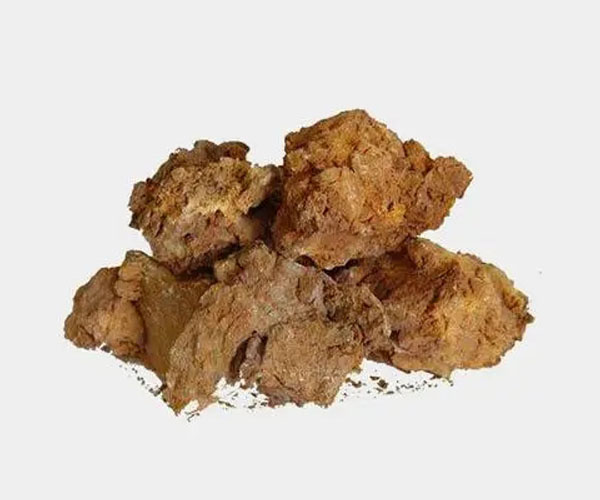
Heavy burned magnesia is a common type of magnesia, which is widely used in many fields. It can be seen in many fields. Many people have only heard of heavy burned magnesia, but they do not understand its characteristics enough. Today, we will give you a brief introduction to the characteristics of heavy burned magnesia, hoping to be of some help to you in choosing heavy burned magnesia in the future.
The reburning magnesia is mainly made of magnesite ore with a content of 46.5%, which is calcined in a high-temperature shaft kiln at around 1500 ℃ - 1800 ℃. The color of the product is yellowish brown. The main components of the calcined magnesia product include magnesium oxide, calcium oxide, silicon dioxide, iron oxide, aluminum oxide, and caustic soda. The main content of magnesium oxide in the calcined magnesia product is 80%, 82%, 85%, 88%, 90%, 91%, 92%, and 93%. The calcium oxide content in the calcined magnesia product is about 2.5%, and the silicon dioxide content in the calcined magnesia product is between 3.5% and 7%, The content of iron oxide in the heavy burned magnesia is between 0.8% and 1.5%, and the content of aluminum oxide in the electrical grade magnesia powder, 97 electric fused magnesia, 98 electric fused magnesia. The content of aluminum oxide in the heavy burned magnesia is about 1%, and the content of caustic soda in the heavy burned magnesia is below 1%. The heavy burned magnesia is mainly used as the main ideal raw material for brick making and the production of amorphous refractory materials. In addition, the heavy burned magnesia products can also be used in industries such as steelmaking, electric furnace bottom, and ramming furnace lining.
Magnesia, also known as sintered magnesia, is made from magnesite, brucite, or magnesium hydroxide obtained by reacting seawater with lime milk, and is calcined at high temperatures. It has strong hydration ability. It is mainly used for making basic refractory materials, such as magnesium bricks, magnesium aluminum bricks, and for laying steel furnace bottoms with high impurities.
Magnesia can be divided into natural magnesia and seawater magnesia, or synthetic magnesia. Natural magnesia mainly comes from natural magnesite, but due to raw ore quality constraints, it is difficult to obtain high-quality products with high purity. Up to now, seawater magnesia has become the main source of magnesia used in industrialized countries.
